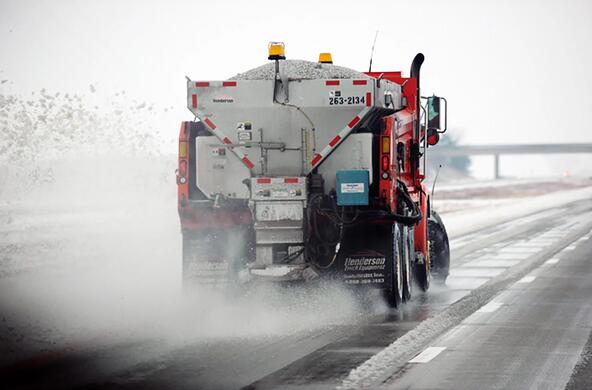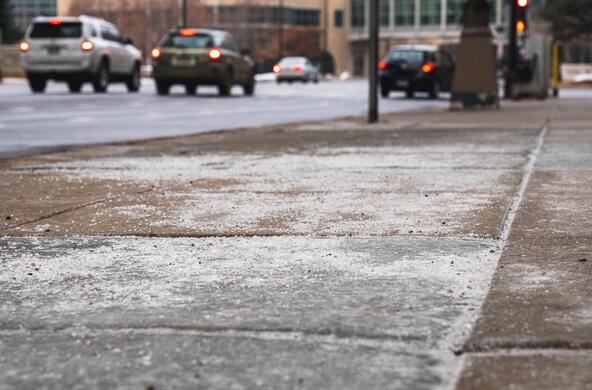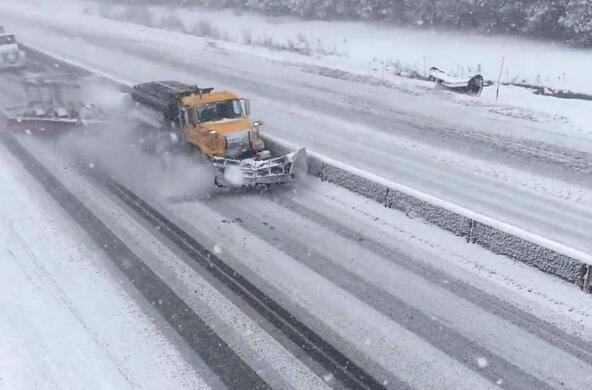Ah, the holidays have passed and folks are thinking of New Year’s resolutions for 2015. For many, it may be which diet is best.
I know some people who strongly believe in a low salt, or salt-free diet and that always makes me think of our streams and waterways.
Winter, of course, is when the Midwest is hit with snow and ice, and we had our first taste of it this week.
Familiar to the snowy landscape are salt trucks slowly crawling up and down the interstates and city streets sprinkling salt (which is only effective in temperatures above 15 degrees), or salt-brine over the roads.
While this may make traveling in cars safer in icy conditions, when the snow melts it carries with it all of the salt to the road ditch which eventually empties to a creek, stream, or river.
In a recent National Public Radio (NPR) story, Steve Corsi, a hydrologist with the U.S. Geological Survey said, “…that translates into high levels of chloride concentrations for rivers…At many of the streams, concentrations have now exceeded those that are harmful to aquatic life.” Corsi and other scientists have, “…analyzed chloride levels dating back to 1960 but primarily from the 1990s to 2011. The number of times they found toxic levels of chloride doubled over the two decades.”
According to NPR, Laura Fay, a research scientist at the Western Transportation Institute, says with that realization has come some change. “There’s definitely a more environmental and green movement in winter maintenance generally,” she says.
Keeping highways clear in the U.S. can cost as much as $2.3 billion a year.
So, Fay says government agencies that handle road crews are trying different approaches to clearing roads like adding liquid to road salt to make sure it stays in place.
Or, she says, “Apply the minimum amount of product necessary to deice or anti-ice the roads.”
According to a Special Report, Road Salt Moving Toward the Solution, December 2010, by the Cary Institute of Ecosystem Studies, “Road salt can damage metal and concrete, contaminate drinking water, damage roadside vegetation, and accumulate in streams, lakes, reservoirs, and groundwater, harming aquatic plants and animals.
Trends show that, even in relatively rural areas, road salt is accumulating in our waterways.
Because it can take decades for road salt to flush out of a watershed, increases in concentrations of salt may be seen even after its use has stopped.”
The Special Report also states, “In 2004, Environment Canada created a code of Best Management Practices for road salt.
This move, together with an education and voluntary compliance program, resulted in a 20 percent decline in salt use.”
Other studies, such as a 2010 Adirondack Watershed Institute Study, recommends “Anti-icing measures vs de-icing measures.” (Anti-icing refers to techniques to prevent ice and snow from bonding to pavement.
De-icing refers to plowing and spreading chemicals to clear roads after snow and ice have accumulated.)
While you may be looking at lowering salt to shrink your waistline, you may also want to try using sand instead of salt on your sidewalk for better traction. A low salt diet will be better for all of us.








